“Software determines the performance of a system. Hardware will be sold in kilograms in the foreseeable future,” states Volker Sieber provocatively. Volker Sieber, Head of Development at Schnaithmann Maschinenbau GmbH, a systems supplier for automation technology, is convinced that in view of ever shorter product life cycles, a differentiation between competitors is now possible solely through the software. “Easy usability and customer support in plant design and after-sales service will be key criteria when purchasing a system.”
Schnaithmann implements the demand for support in planning conveyor or assembly systems with the help of virtual reality. Already in the conception phase, the customer can experience his subsequent installation on a holodeck, realistically, and then virtually examine it for ergonomic aspects or maintenance easiness. The use of virtual reality technology also promises advantages when training employees.
The software that Schnaithmann uses, Cross Connected, was developed by Rüdenauer 3D Technology GmbH (R3DT). The spin-off of the Karlsruhe Institute of Technology (KIT) launched the software for industrial planning and development processes in mid-2017. It has now been further developed by R3DT in such a way that even large amounts of data, which inevitably occur in assembly systems, can now be used virtually without great prior effort or involvement of service providers. On the basis of CAD data, virtual workplace and plant planning is possible on site, which supports the entire design process and involves the customer in the development process. This includes for example workflow analysis (MTM analysis), ergonomics studies and gripping space or collision checks. The procedure is also suitable for accessibility studies and system extensions as well as for training purposes.
“The technology behind this is an easy-to-use tool that anyone with no prior knowledge can handle,” says Andreas Rüdenauer, founder and Co-Managing Director of the young software company. “You upload your 3D CAD data to a virtual platform yourself, right at your desk or in the meeting room. This is possible anytime, anywhere and is fast. Afterwards the present state of the 3D model can be intuitively viewed alone, with colleagues or customers using the VR glasses. This enormously increases the understanding of the current state of 3D design and the required steps needed for planning as well as necessary changes.”
The tool from R3DT can be operated by the user without training or education intuitively with the hands or by a virtual menu. To enable this natural way of working, R3DT uses hand-tracking technology from Leap Motion, which replaces cumbersome game controllers. Products, machines or assembly systems can be experienced directly in the virtual space in original size and understood in the literal sense. This ensures technical feasibility right from the start. Frequent testing allows mistakes to be detected much earlier. Ergonomic checks during the development process ensure that the subsequent system is optimally designed for the user. Ultimately, replacing physical prototypes can reduce costs, and market introduction and start-up times are therefore accelerated.
The use of a virtual prototype is seen by Schnaithmann as a basic requirement for agile project management. “Basically, it’s about having a prototype quickly, learning, testing and receiving feedback from the customer. Based on this, the next prototype will be built,” explains Volker Sieber. “Fast prototyping in the traditional sense is difficult and almost impossible in mechanical engineering. However, by bringing the existing CAD data to life via virtual reality, a digital prototype exists in the early stages of product development, allowing accessibility studies and revealing design errors. This will definitely avoid irritating mistakes and reiteration.”
The starting signal for the fruitful cooperation came in the spring of 2016. A business mentor had recommended Schnaithmann as an innovative sparring partner to the spin-off. So the young men from Karlsruhe came to Remshalden to present their software. “That was really an exciting coincidence,” says Volker Sieber. “R3DT was looking for a beta tester for the software and we were looking into the potentials of what head-mounted displays could do for us. We immediately started a joint project.” Andreas Rüdenauer is also pleased with the cooperation. “Schnaithmann is much more than a customer to us,” he states. “As a start-up, through an intensive dialogue, we have learned a lot about the customer specific requirements for the design of innovative systems and directly implemented this information into software development.”
Only a few months later, trade fair visitors were able to virtually experience a manual workstation by Schnaithmann at Motek 2016. R3DT upgraded its software prior to Motek 2017 so that, depending on the geometry, data volume in the gigabyte range is now possible to be handled without difficulty. “Now we have a real added value. Our customers are really excited when we guide them virtually through the complete assembly line,” says Volker Sieber. He sees tremendous potential in the use of VR technology. “As product lifecycles become shorter and shorter, the company who comes out at the top will be the one who has the smartest solution for the customer’s problems, the most efficient internal processes and the best before and after service care. We still have many ideas that we want to realize with R3DT in the near future.”
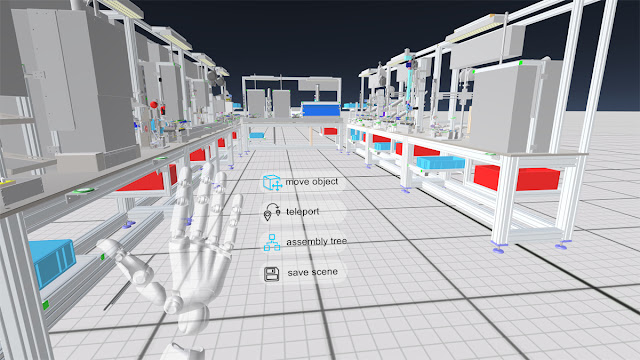
The system is operated via gestures and a virtual menu.
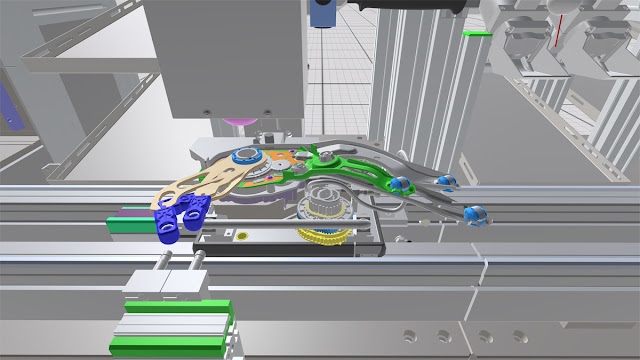
Even small details are displayed in exact size.
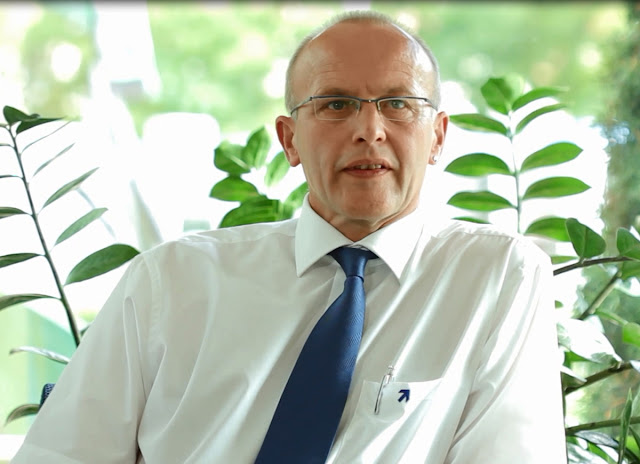
Volker Sieber, Head of Development at Schnaithmann Maschinenbau GmbH.

Andreas Rüdenauer, founder and Co-Managing Director of Rüdenauer 3D Technology GmbH (Photo: L-Bank/Wagenhan).
Video:
About Schnaithmann Maschinenbau GmbH:
Schnaithmann Maschinenbau GmbH is a systems supplier for automation technology and transfer and assembly systems for automation, assembly, material flow and handling. The company was founded by Karl Schnaithmann in 1985 and is located in Remshalden near Stuttgart, Germany. The success of the company is due to the development of two systems based on a modular principle: modular systems for a wide variety of applications that offer a wide selection of conveyor systems, and flexible profile systems that include components for charging and assembly within a complete modular system. From planning through the design to the commissioning of a complete transfer system and on-site maintenance, Schnaithmann offers all services from a single source. Today, the family-owned company has nearly 250 employees and supplies customers all over the world.







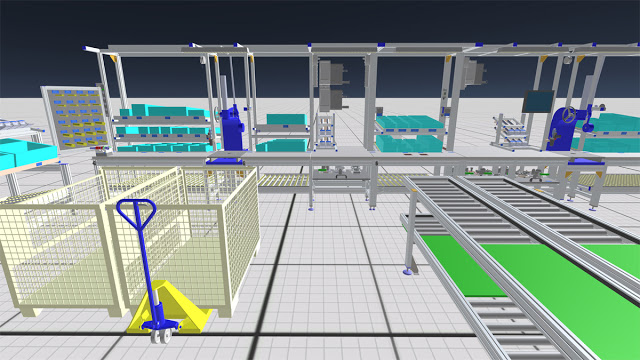

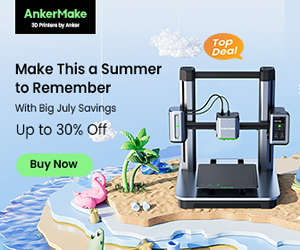







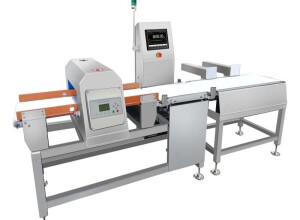

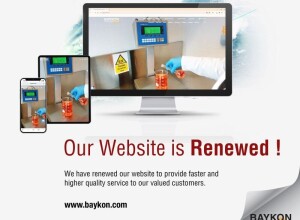
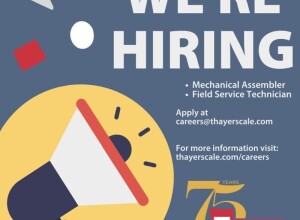





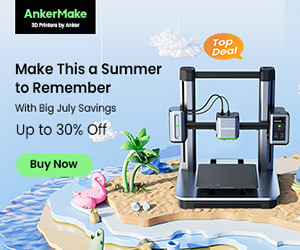


Interested? Submit your enquiry using the form below:
Only available for registered users. Sign In to your account or register here.